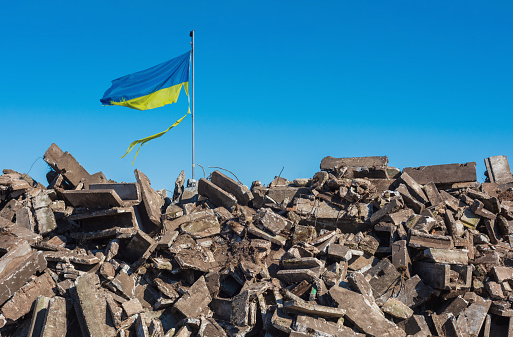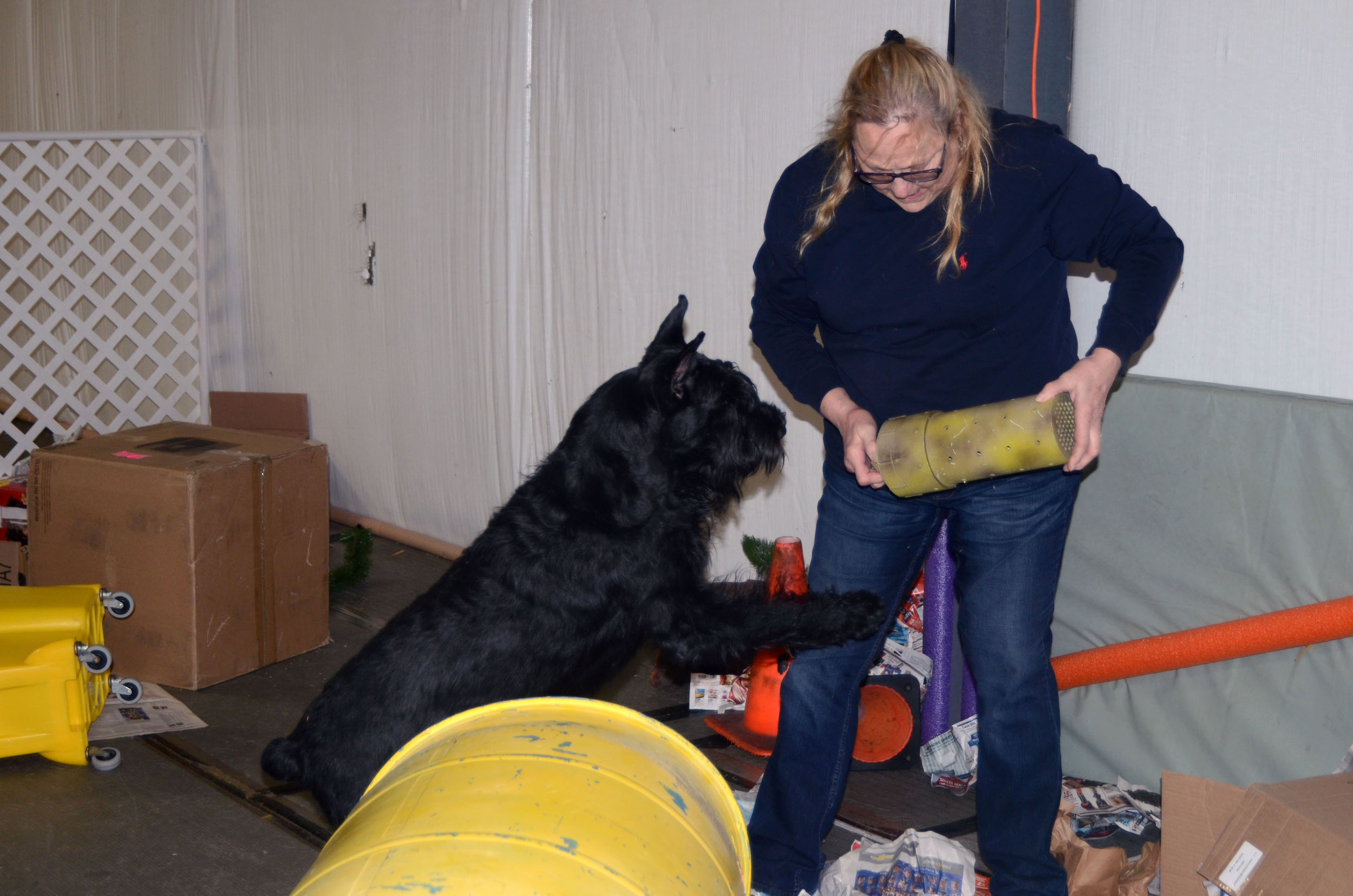By Noah Brasseur
It’s been over a year since Russia first invaded Ukraine on Feb. 24, 2022. With how long and how fluid the situation has been, it may be hard to remember everything that has happened.
It all started in late February of last year, when Putin announced a “special military operation” in Ukraine in a bid to, as Russia described it, “denazify” their government. Soon after the proclamation, explosions were heard in several major Ukraininan cities and military vehicles were spotted crossing the Russian border, as well as from Russian-occupied Crimea.
Russia seemed to be attempting to spearhead directly into Ukraine’s capital, Kyiv, in a bid to overthrow their government and replace it with a new, pro-Russian one.
Fighting occurred throughout the border and as Russia advanced. It slowly became evident that Russia’s troops were being bogged down by heavy resistance, and the advance toward Kyiv dramatically slowed. In the meanwhile, the Ukrainian government urged civilians to arm themselves.
The people of Kyiv heeded the call, forming impromptu community gatherings where firearms were handed out and Molotov cocktails were assembled.
In the following days, it became apparent Russia was facing a logistical nightmare. Western intelligence agencies reported their military faced food and fuel shortages, and they were forced to halt their advance roughly 20 miles away from Kyiv.
The surprising resilience of Ukraine began to spur the world into their support. Nations began to discuss sending military aid their way, and soon shipments began to be approved. Additionally, nations began seizing Russian assets.
While Russia’s push towards Kyiv had stalled, they found successes elsewhere. On March 15, Russia announced it had captured all of Ukraine’s Kherson Oblast (an oblast is roughly analogous to a U.S. state).
The war stalled for awhile, though Russia captured the city of Izium.
In late March, however, reports circled that Russia was pulling out of their failed assault on Ukraine. The rumors proved true, and Russian forces retreated not long after. Ukraine regained control of the entire Kyiv Oblast.
As part of the retreat, Russian troops left the town of Bucha. As Ukrainians and reporters entered the town, they found dead civilians strewn about and evidence of civilian mass graves. Ukraine accused Russia of committing genocide.
Not long after, the U.S. passed a law that would make sending military aid to Ukraine more efficient, and Russia was removed from the UN Human Rights Council.
More graves filled with killed civilians were found in other towns that had been occupied by Russians.
In the following weeks, Ukraine scored a victory when they sunk the Moskva, the flagship of Russia’s Black Sea Fleet.
Russia adjusted their strategy; no longer aiming for Kyiv, they opted to focus on seizing and occupying eastern and southern Ukraine, claiming that the Russian-speaking population there was being oppressed.
The war entered somewhat of a stalemate, as neither side was gaining any particular advantage over the other. Russia in mid-May did manage to fully capture the city of Mariupol, which had been under siege for months.
In mid-summer, however, things started to shift. Ukraine received and started to use their first HIMARS, which allow for long-distance rocket striking.
Only a few months after the military goods started to arrive, Ukraine launched a major counter attacked. Retaking Izium, Ukraine managed to capture around 2,000 square kilometers of land that was occupied by Russia. They ended up liberating nearly the entirety of the Kharkiv area, in some cases pushing Russian forces all the way back to the border.
In late September, Russia announced it would begin partial mobilization, allowing for nearly any fit citizen to be drafted.
Additionally, Russian-occupied areas had a referendum to join Russia, all of which approved. This was largely dismissed as a sham by the West.
Around this time, the Nord Stream pipeline, which carries gas from Russia to Germany, was damaged in an apparent attack.
On Sept. 30, Russia formally announced the annexation of regions of Ukraine. This was also dismissed as illegitimate, with the U.N. General Assembly passing a resolution that demanded Russia change course.
Ukraine continued their counter-offensive, slowing capturing towns as they progressed. Additionally, in early October, an explosion damaged the large Crimean Bridge that connected Russia to Crimea. It rendered a portion of it unfit for traffic.
Russia, as part of the counter-attack, retreated from the Kherson region. The war settled back into a stalemate soon after.
The European Parliament, the legislative body of the European Union, passed a resolution calling Russia a state sponsor of terrorism.
Attention was turned to the town of Bakhmut, near the front lines of fighting. Russia appeared to be unable to take the city despite an encirclement attempt, and the area became a symbol of Ukrainian resistance.
Ukraine began to ask the West for tanks. This was met with hesitation.
This changed within a few months, on Jan. 5, the U.S. and Germany jointly announced they would be sending tanks to Ukraine. Soon after, several other Western nations began to announce their own shipment of tanks. The West has, so far, declined to send Ukraine jets.
In early February, Ukraine announced it had information that Russia was planning a coup in nearby Moldova. They confirmed their own intelligence agency had this information.
Later that month, President Biden personally visited Ukraine, and announced continued support. Russia pulled out of a nuclear arms reduction treaty the day after.
That runs right into the present. The fronts have not shifted majorly in awhile, and most attention is given to the ongoing battle at Bakhmut. However, with Western tanks on the way and winter’s chill beginning to thaw, it is possible an entirely new phase of the war is about to begin.

